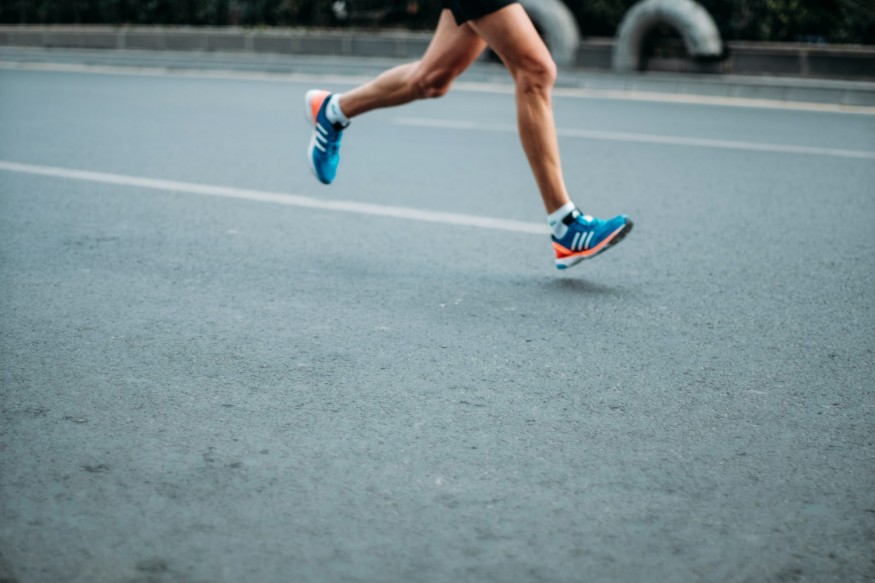
Based on scientific evidence, it's likely that humans have spent millions of years honing their distance running skills. However, it's rare that humans run to hunt prey, if at all, making us sedentary. A sedentary lifestyle works against our natural impulses and causes health issues.
In this blog post, we'll look at how humans evolved to be the best runners-and why a sedentary lifestyle puts us at great risk for several health problems, including heart disease and diabetes.
How Humans Evolved to Run
Humans are often seen as bad runners, as we tend to think of sprinting. While cheetahs and countless other animals could outsprint us, there are very few animals that could beat us in a long-distance race. In fact, the only animal that can beat a human's marathon time is the ostrich.
Second place isn't anything to be ashamed of, but how did humans become such great runners? Our springy Achilles tendons, stout legs, and hairlessness are three big reasons.
We're able to run faster when barefoot because we can take full advantage of our skeletal and muscular structure. The benefits of barefoot running may make you consider taking up a shoeless running hobby. Or, you could try the best barefoot shoes by Runners Athletics.
Other things that make humans adept at running include our ability to sweat and disperse heat, our balance (semicircular ear canals), and hand-eye coordination. To humans, running is second nature. It's why we used endurance running to catch and exhaust our primitive prey.
We also have to consider our healing factor and access to modern medicine. Other animals don't have access to optimal training techniques or treatments that could improve athleticism.
The Dangers of a Sedentary Lifestyle
There's no doubt that our primitive ancestors would be jealous of warm showers, modern medicine, and safe shelter, but they wouldn't see our sedentary lifestyle as a benefit.
Many of us aren't avoiding exercise because we're lazy. For 95% of human history, we worked 15 hours a week, making a 40-hour work week sound medieval in comparison (even though our medieval ancestors worked less than us). We're simply too physically or mentally exhausted to workout. Overworking comes at a price: we're sitting more than at any point in human history.
Let's look at what happens when you have a sedentary lifestyle:
The head receives less oxygen, which contributes to depression and anxiety.
The neck receives too much pressure, which affects your posture and spine.
The shoulders and arms suffer from nerve issues that could become permanent.
The back can suffer from chronic pain and premature degeneration of discs.
The fat in your body collects around your abdomen, causing muscle deterioration.
The hip flexors become shorter, which can cause more falls when you're older.
The glutes and legs are stationary, putting you at risk of varicose veins and clots.
The bones weaken and could lead to more fractures or sprains when older.
The body is more at risk of heart disease, type 2 diabetes, and cancer.
If your New Year's Resolution includes starting up a workout routine, that's a great start, but sitting for too long can still negatively affect your health. It won't matter how much you exercise.
It also matters how you exercise. For example, the benefits of barefoot running include improved posture, less foot pain, and leg strength. All of these things can improve your health and posture when you sit. But in the end, exercise can't compensate for a sedentary job.
How to Improve Your Health
As a rule, you should stand 4 to 6 hours a day and exercise for at least 30 minutes. If you work an 8-hour day at a desk, purchase a standing desk or take 15-minute breaks every hour and walk around your office. Consider walking to work or taking long walks every single day.
Your body won't be used to this sudden increase in activity, so work up to it slowly. You should be able to walk comfortably around the block, but don't start jogging for at least 3 months.
Once you're ready, get some comfy shoes and start sprinting on a treadmill. We mentioned the benefits of barefoot running, so consider using these types of shoes. You can find used treadmills for less than $100 online, or you can run on flat tarmac outside or in a park.
© 2025 NatureWorldNews.com All rights reserved. Do not reproduce without permission.





